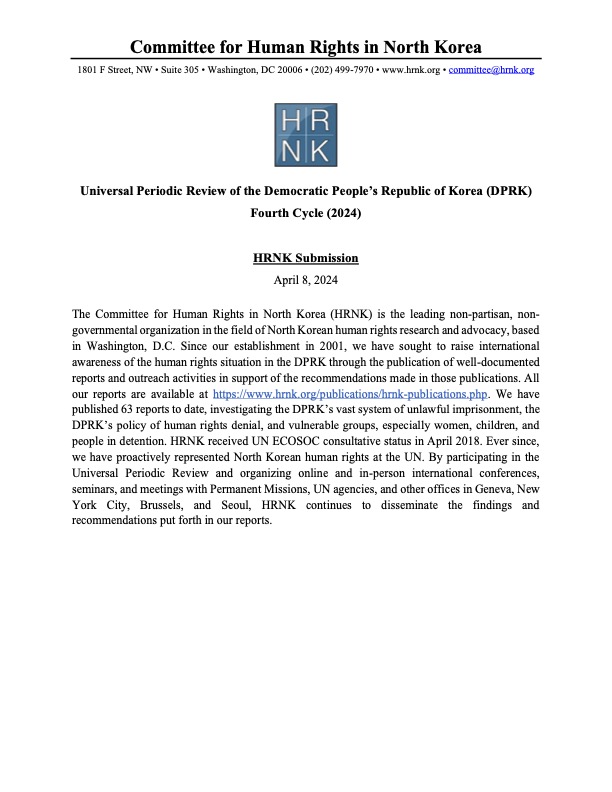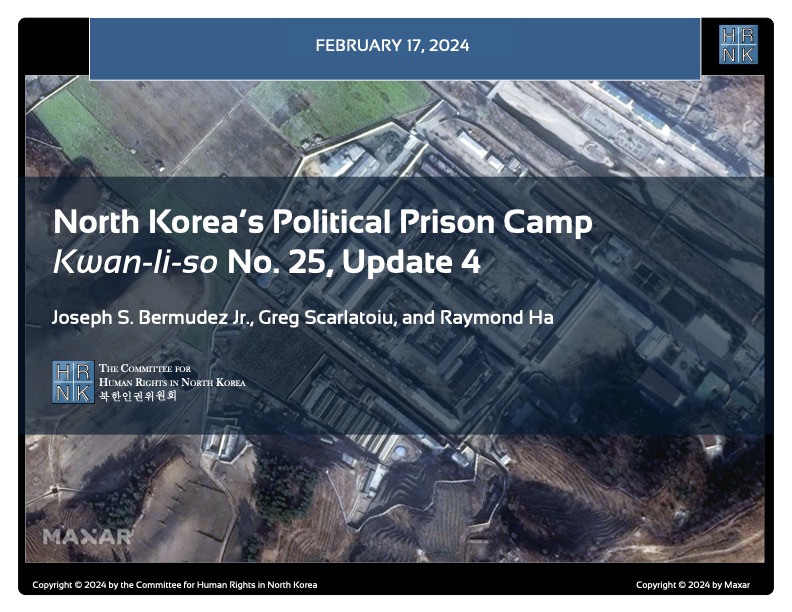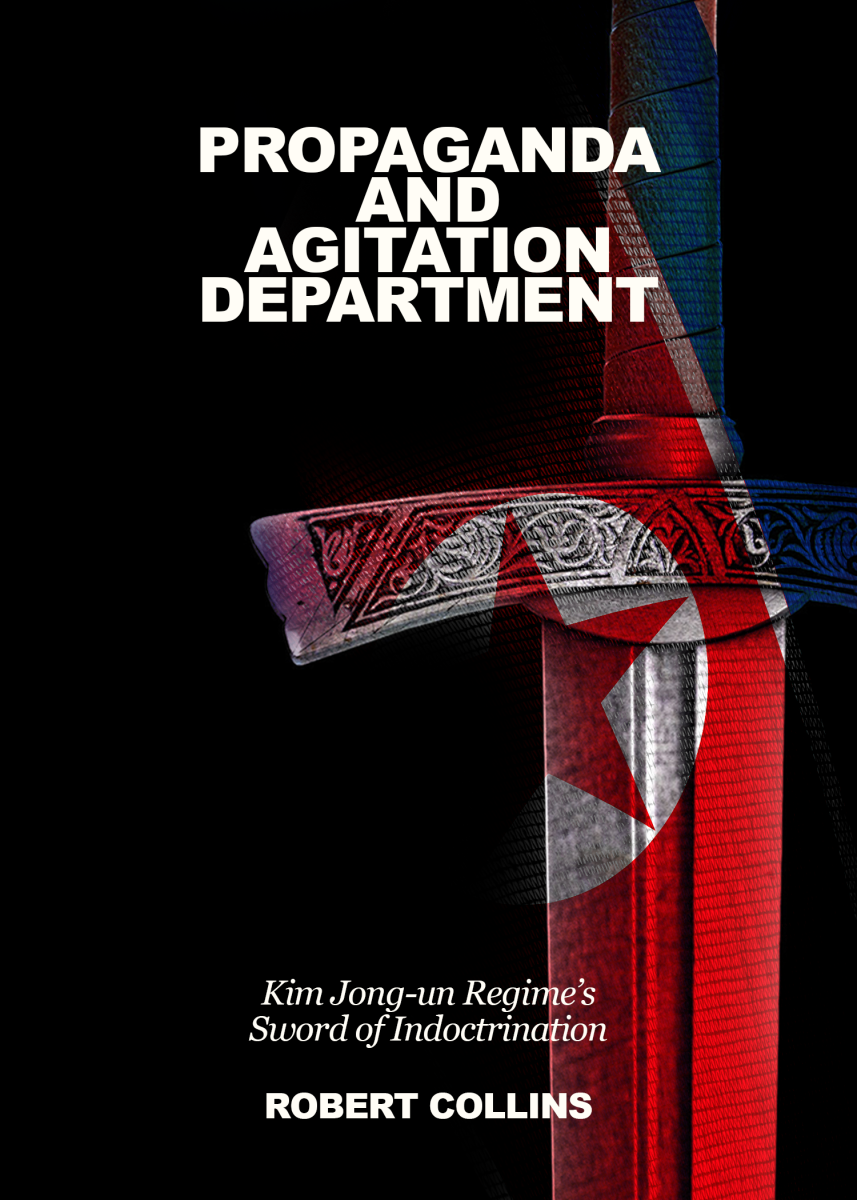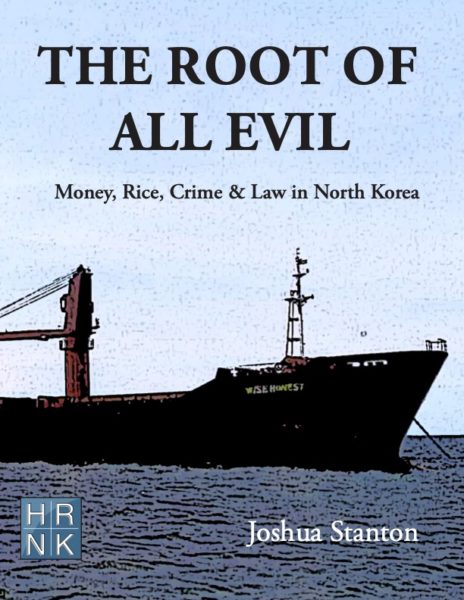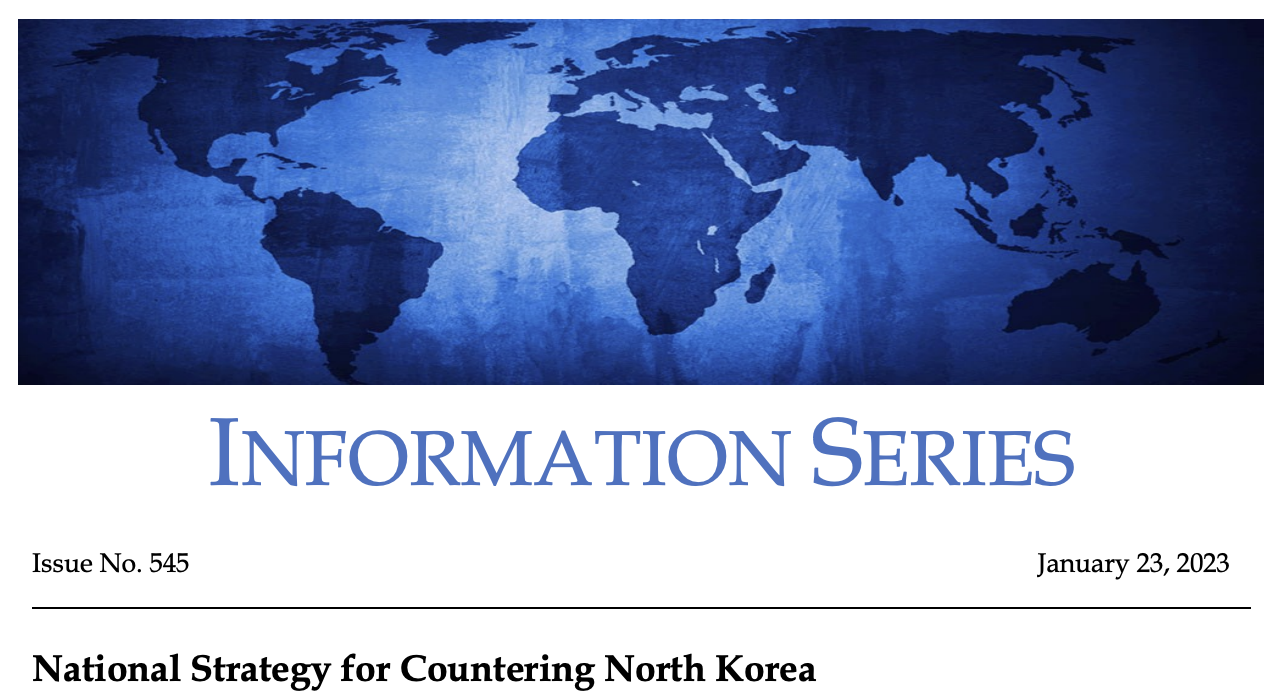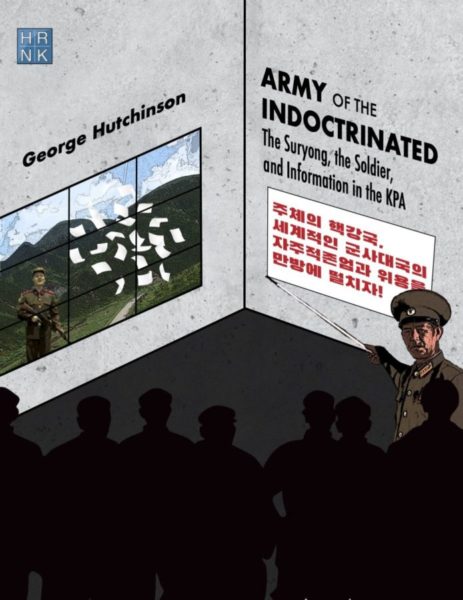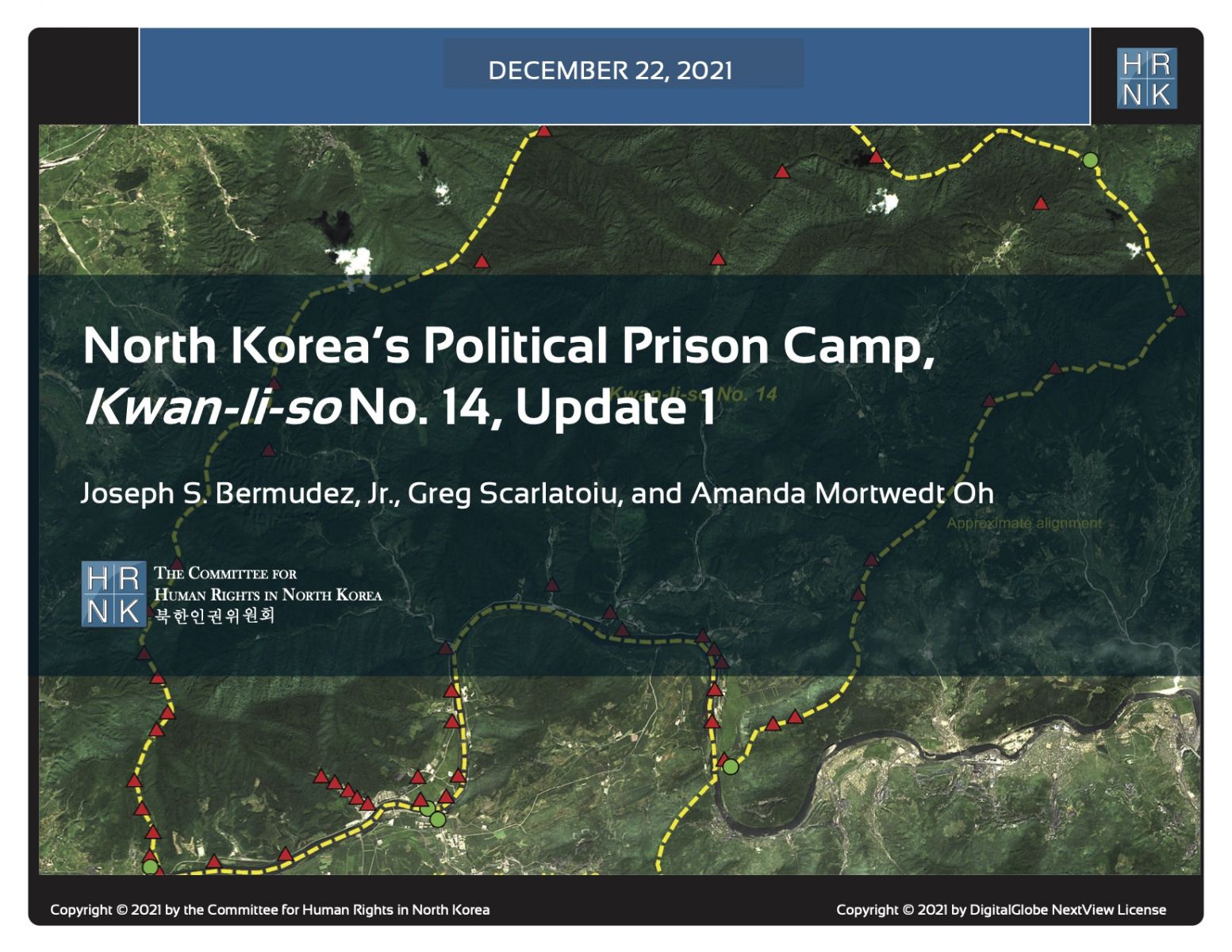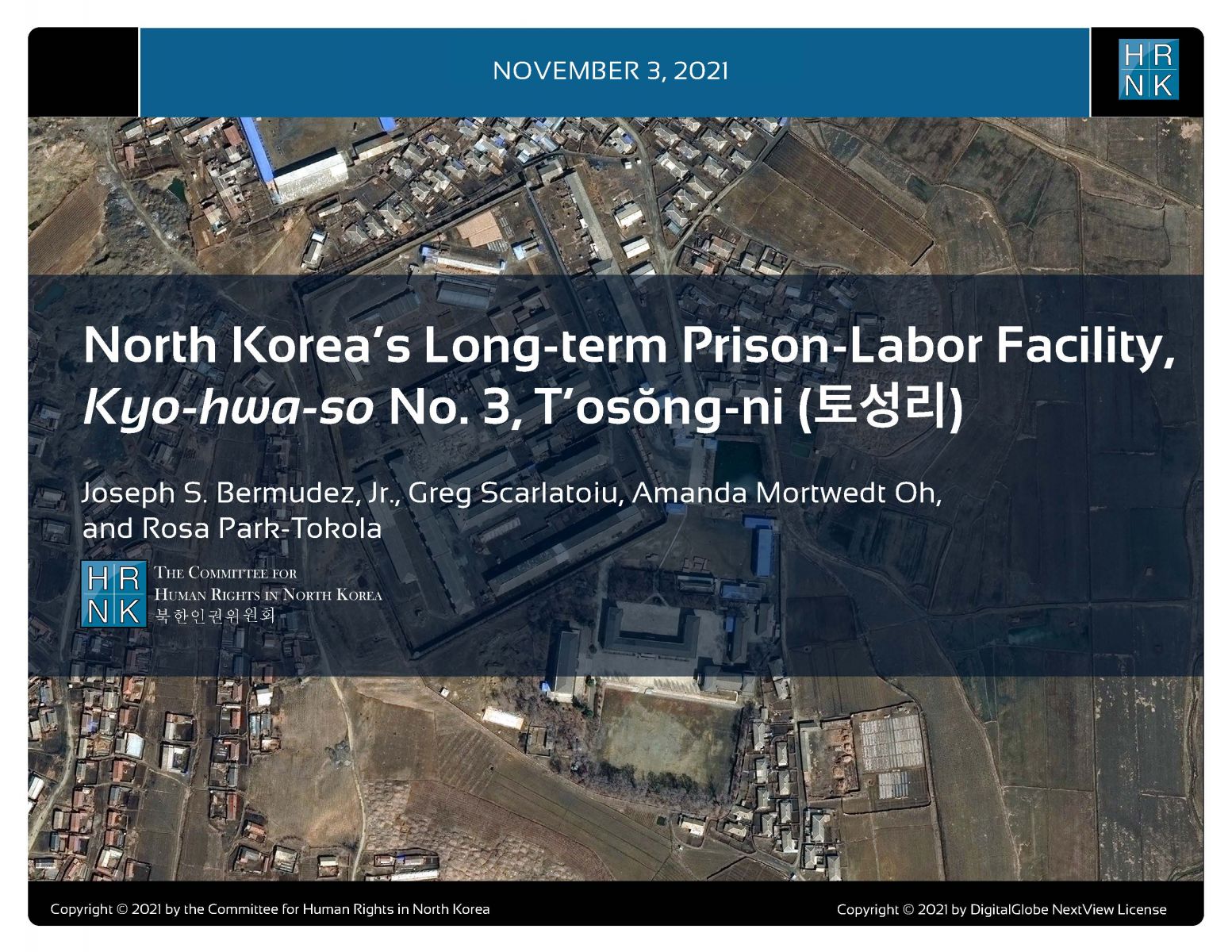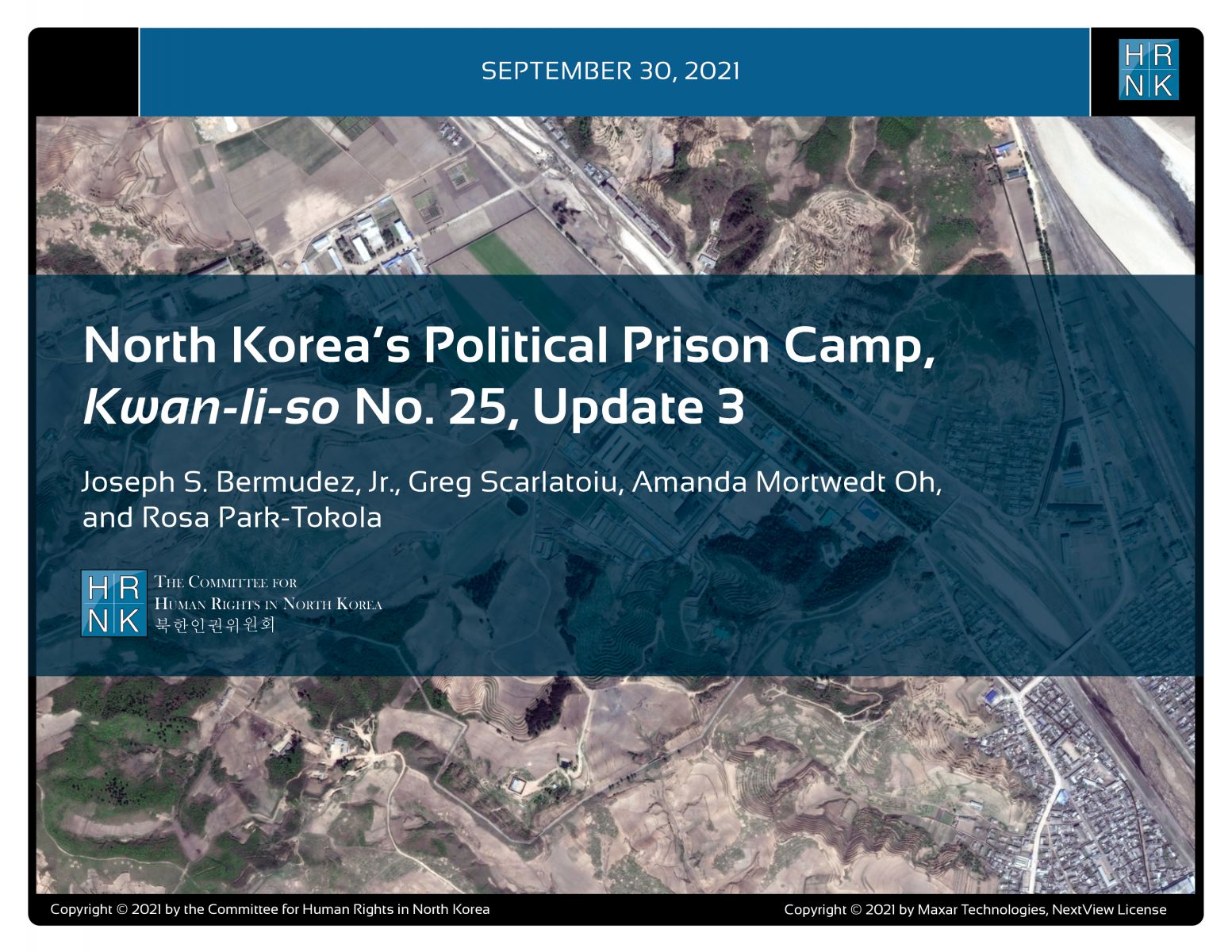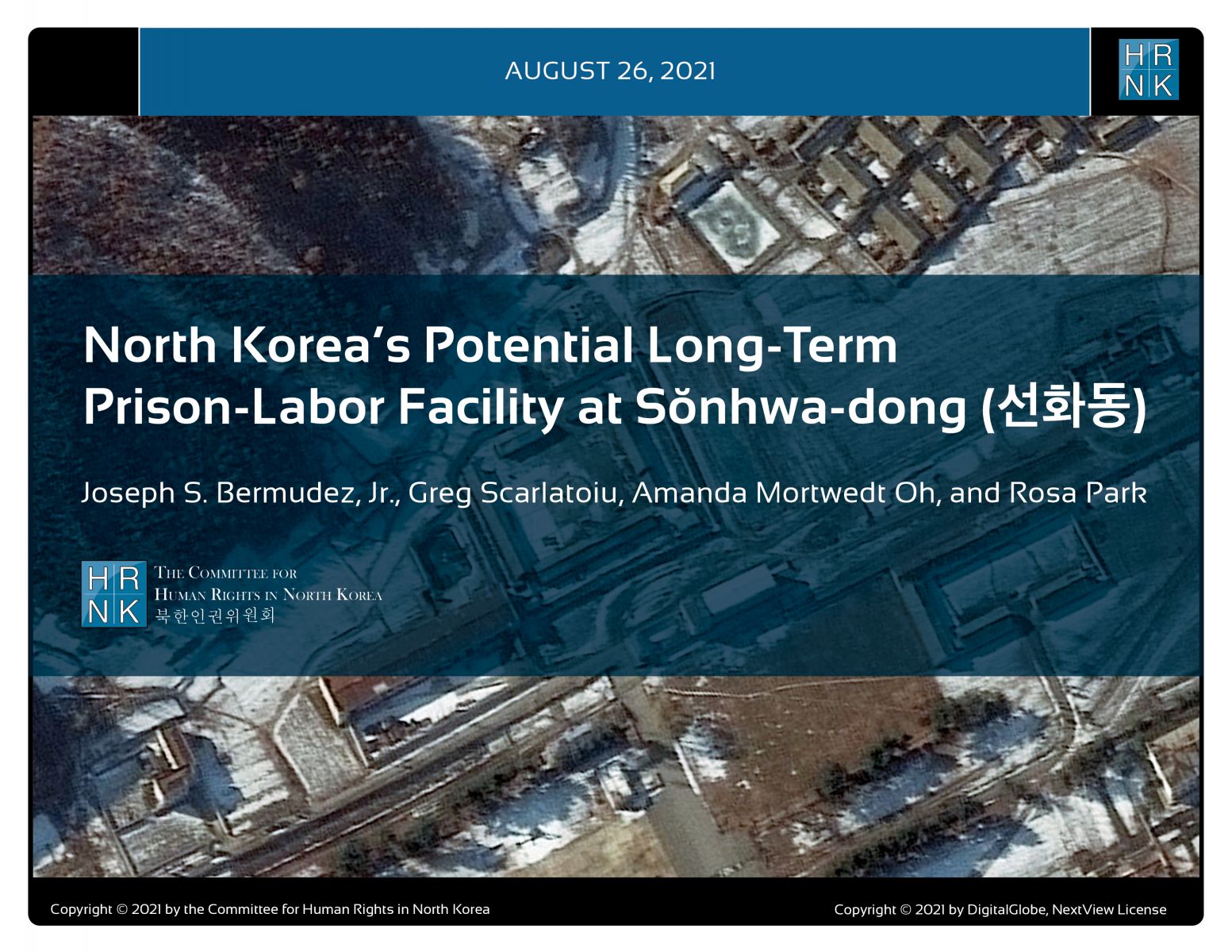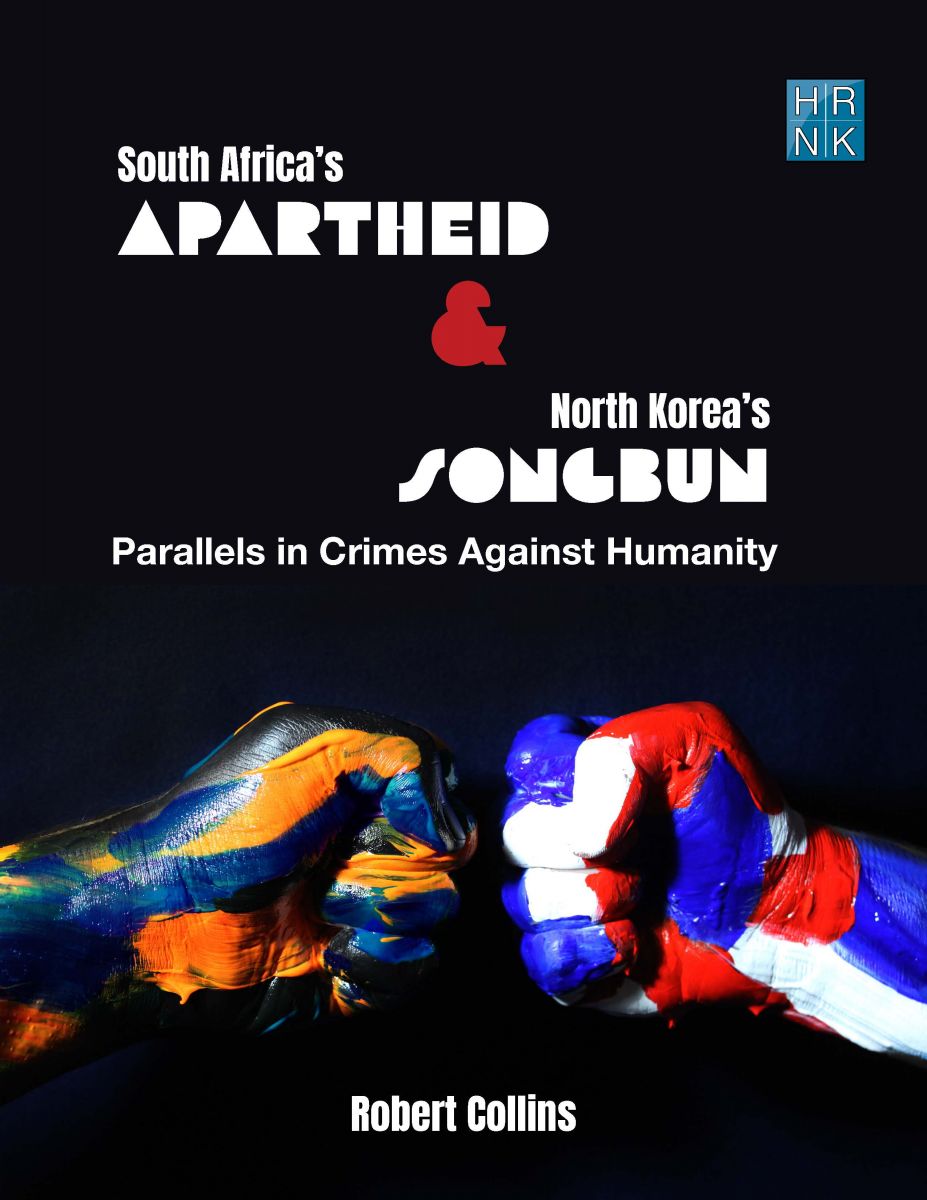Dear Friends of HRNK,
We are saddened to inform you that Mr. Yokota Shigeru, father of Ms. Yokota Megumi, passed away today. He was 87 years old. Mr. Shigeru Yokota and the Yokota family never relented in their quest for truth and justice. It is truly tragic that Mr. Yokota passed away before finding closure regarding the abduction of his daughter by North Korea’s Kim regime. We wish to express our heartfelt condolences to the Yokota family.
Forty-three years ago, on November 15, 1977, 13-year-old Yokota Megumi suddenly vanished from a town in Japan’s Niigata Prefecture, while on her way back from badminton practice. Megumi was a bright and cheerful girl. She liked singing and drawing. She practiced Japanese calligraphy and classical ballet.
Megumi was abducted by agents of the Kim regime. A 13-year-old girl, tied up, gagged, and locked up in the pitch-dark and cold hold of a boat headed for North Korea. According to testimony heard much later, Megumi cried out “Mom! Mom!” She scratched the door and walls of the boat so desperately that her fingernails almost came off and were covered in blood.
In 2002, North Korean leader Kim Jong-il made a stunning admission to then Japanese Prime Minister Koizumi Junichiro that North Korea had abducted 13 Japanese nationals. Kim claimed that Megumi was one of 8 who had passed away while being held in North Korea. To this day, North Korea has not yet provided any convincing explanation or evidence of this claim. DNA testing of remains that Pyongyang provided found that they were not Megumi’s.
North Korea abducted nationals of Japan, South Korea, and other countries to force them to teach foreign languages and cultures to its overseas intelligence operatives, and to steal their identities for use by such clandestine agents of the Kim regime. The Japanese government has identified 17 Japanese citizens who have been taken. The possibility of abduction by North Korea cannot be ruled out for 883 other missing Japanese persons. According to HRNK’s 2011 report, “Taken! North Korea’s Criminal Abduction of Citizens of Other Countries,” people from 14 countries have been taken, including U.S., Chinese, Dutch, French, Guinean, Italian, Jordanian, Lebanese, Malaysian, Singaporean, Thai, and Romanian nationals.
The February 2014 Report of the Commission of Inquiry on human rights in the Democratic People’s Republic of Korea (North Korea) determined that:
Since 1950, the Democratic People’s Republic of Korea has engaged in the systematic abduction, denial of repatriation and subsequent enforced disappearance of persons from other countries on a large scale and as a matter of State policy. Well over 200,000 persons, including children, who were brought from other countries to the Democratic People’s Republic of Korea may have become victims of enforced disappearance, as defined in the Declaration on the Protection of All Persons from Enforced Disappearance.
As we mourn the passing of Mr. Yokota Shigeru, HRNK pledges to our friends and allies that we will not relent until we reunite abduction survivors still held in North Korea with their families in Japan and elsewhere. We will not rest until we bring full closure to those families whose loved ones may have been lost while being held against their will in North Korea.
Greg Scarlatoiu
Executive Director
In this submission, HRNK focuses its attention on the following issues in the DPRK:
- The status of the system of detention facilities, where a multitude of human rights violations are ongoing.
- The post-COVID human security and human rights status of North Korean women, with particular attention to sexual and gender-based violence (SGBV).
- The issue of Japanese abductees and South Korean prisoners of war (POWs), abductees, and unjust detainees.
This report provides an abbreviated update to our previous reports on a long-term political prison commonly identified by former prisoners and researchers as Kwan-li-so No. 25 by providing details of activity observed during 2021–2023.
This report was originally published on Tearline at https://www.tearline.mil/public_page/prison-camp-25.
This report explains how the Kim regime organizes and implements its policy of human rights denial using the Propaganda and Agitation Department (PAD) to preserve and strengthen its monolithic system of control. The report also provides detailed background on the history of the PAD, as well as a human terrain map that details present and past PAD leadership.
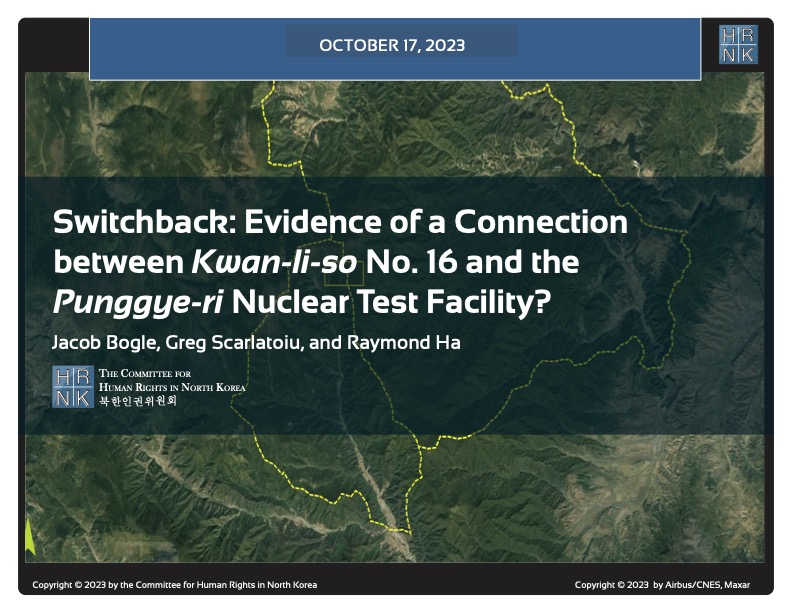
HRNK's latest satellite imagery report analyzes a 5.2 km-long switchback road, visible in commercial satellite imagery, that runs from Testing Tunnel No. 1 at North Korea's Punggye-ri nuclear test facility to the perimeter of Kwan-li-so (political prison camp) no. 16.
This report proposes a long-term, multilateral legal strategy, using existing United Nations resolutions and conventions, and U.S. statutes that are either codified or proposed in appended model legislation, to find, freeze, forfeit, and deposit the proceeds of the North Korean government's kleptocracy into international escrow. These funds would be available for limited, case-by-case disbursements to provide food and medical care for poor North Koreans, and--contingent upon Pyongyang's progress
For thirty years, U.S. North Korea policy have sacrificed human rights for the sake of addressing nuclear weapons. Both the North Korean nuclear and missile programs have thrived. Sidelining human rights to appease the North Korean regime is not the answer, but a fundamental flaw in U.S. policy.
(Published by the National Institute for Public Policy)
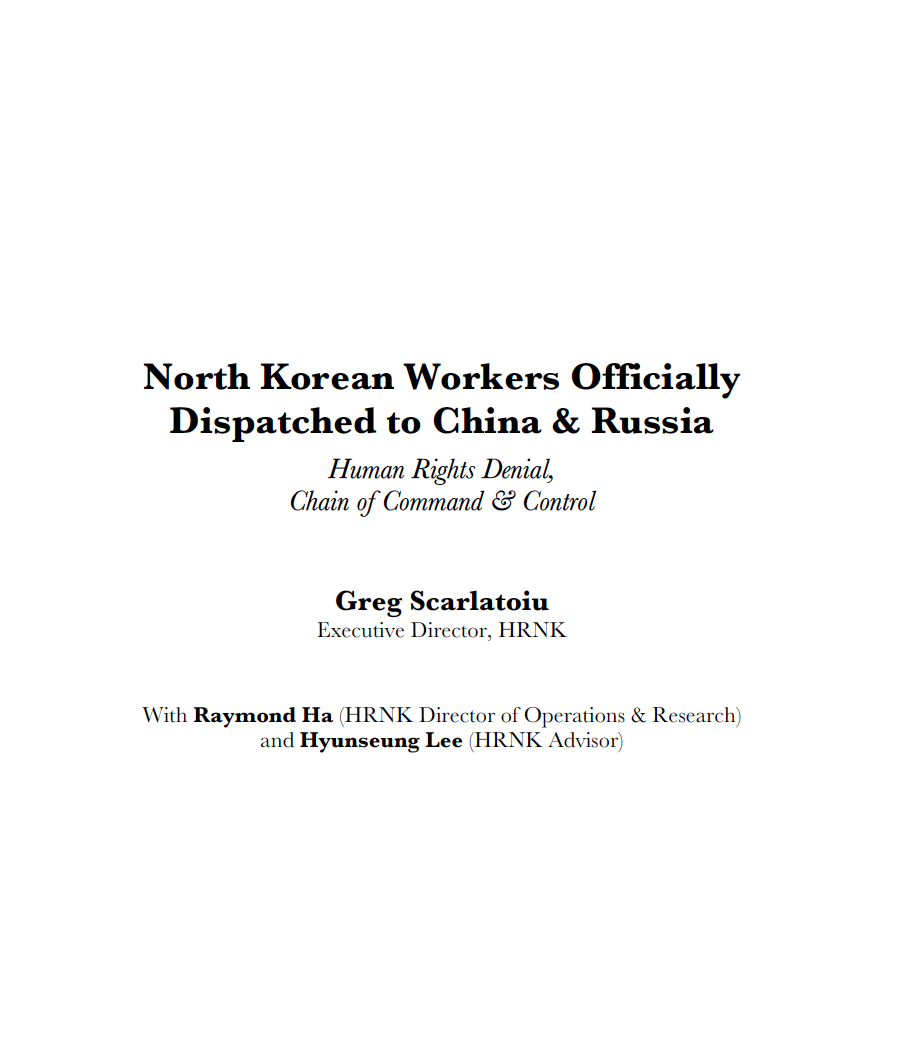
North Korea’s forced labor enterprise and its state sponsorship of human trafficking certainly continued until the onset of the COVID pandemic. HRNK has endeavored to determine if North Korean entities responsible for exporting workers to China and Russia continued their activities under COVID as well.
George Hutchinson's The Suryong, the Soldier, and Information in the KPA is the second of three building blocks of a multi-year HRNK project to examine North Korea's information environment. Hutchinson's thoroughly researched and sourced report addresses the circulation of information within the Korean People's Army (KPA). Understanding how KPA soldiers receive their information is needed to prepare information campaigns while taking into account all possible contingenc
This report is part of a comprehensive long-term project undertaken by HRNK to use satellite imagery and former prisoner interviews to shed light on human suffering in North Korea by monitoring activity at political prison facilities throughout the nation. This is the second HRNK satellite imagery report detailing activity observed during 2015 to 2021 at a prison facility commonly identified by former prisoners and researchers as “Kwan-li-so No. 14 Kaech’ŏn” (39.646810, 126.117058) and
This report is part of a comprehensive long-term project undertaken by HRNK to use satellite imagery and former prisoner interviews to shed light on human suffering in North Korea by monitoring activity at civil and political prison facilities throughout the nation. This study details activity observed during 1968–1977 and 2002–2021 at a prison facility commonly identified by former prisoners and researchers as "Kyo-hwa-so No. 3, T'osŏng-ni" and endeavors to e
This report is part of a comprehensive long-term project undertaken by HRNK to use satellite imagery and former detainee interviews to shed light on human suffering in the Democratic People’s Republic of Korea (DPRK, more commonly known as North Korea) by monitoring activity at political prison facilities throughout the nation. This report provides an abbreviated update to our previous reports on a long-term political prison commonly identified by former prisoners and researchers as Kwan-li-so<
Through satellite imagery analysis and witness testimony, HRNK has identified a previously unknown potential kyo-hwa-so long-term prison-labor facility at Sŏnhwa-dong (선화동) P’ihyŏn-gun, P’yŏngan-bukto, North Korea. While this facility appears to be operational and well maintained, further imagery analysis and witness testimony collection will be necessary in order to irrefutably confirm that Sŏnhwa-dong is a kyo-hwa-so.
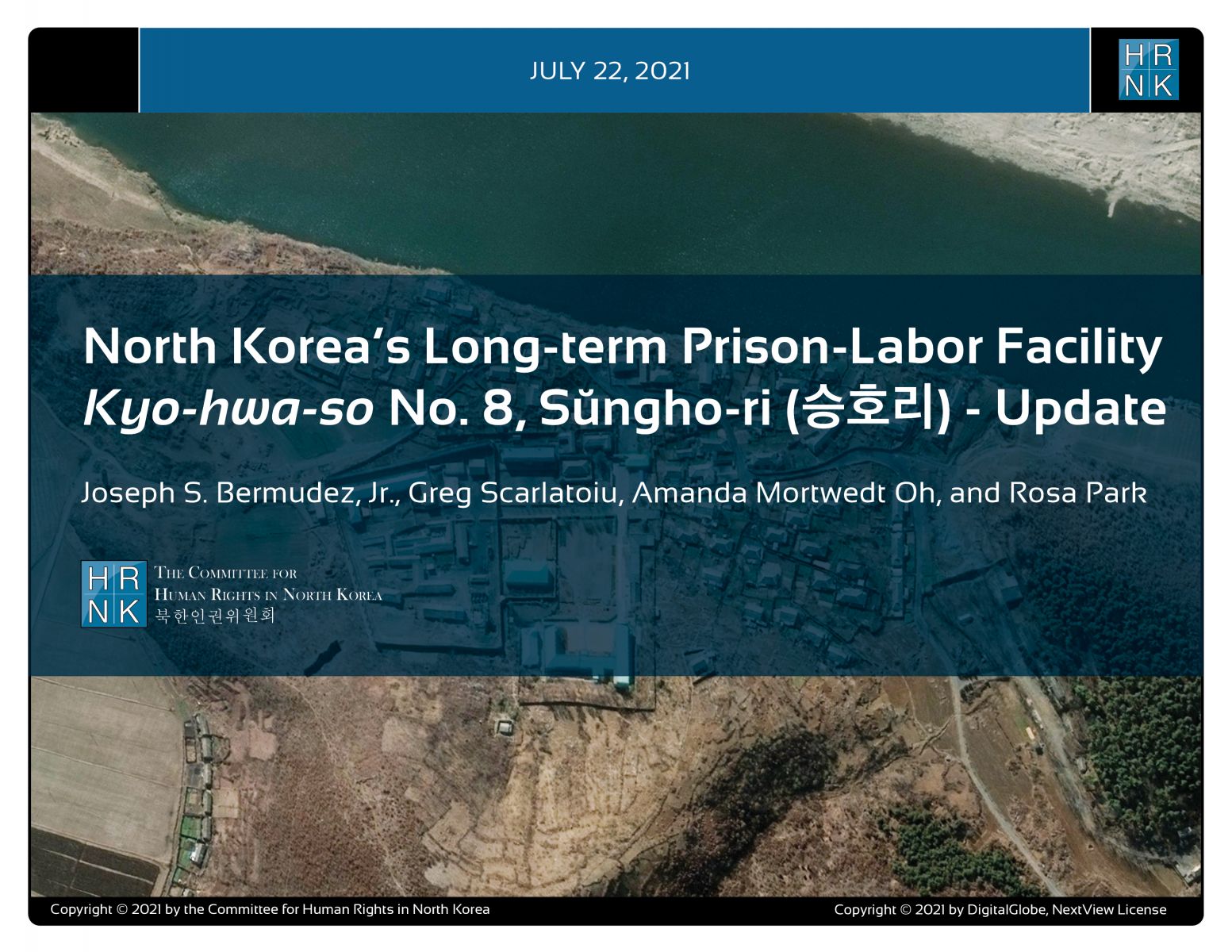
"North Korea’s Long-term Prison-Labor Facility Kyo-hwa-so No. 8, Sŭngho-ri (승호리) - Update" is the latest report under a long-term project employing satellite imagery analysis and former political prisoner testimony to shed light on human suffering in North Korea's prison camps.
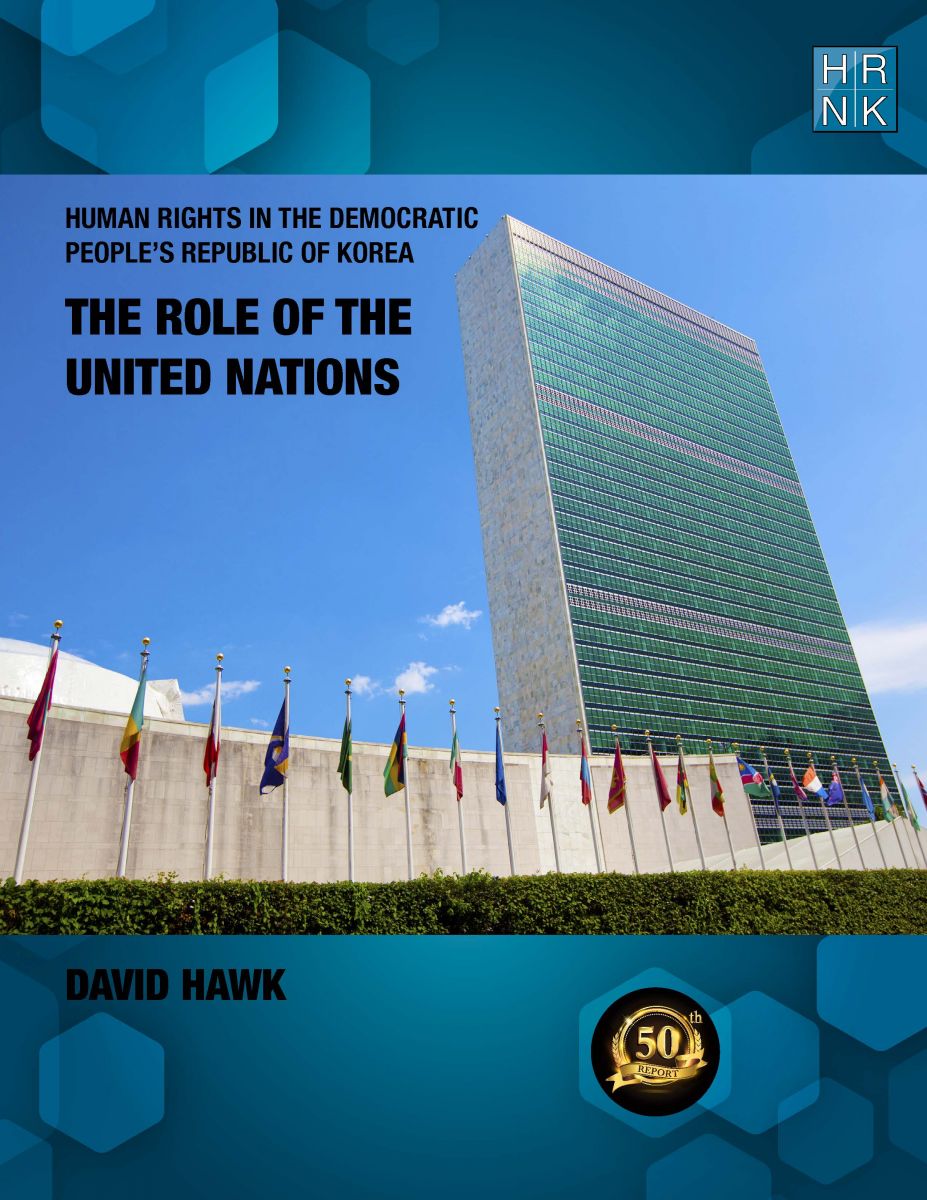
Human Rights in the Democratic Republic of Korea: The Role of the United Nations" is HRNK's 50th report in our 20-year history. This is even more meaningful as David Hawk's "Hidden Gulag" (2003) was the first report published by HRNK. In his latest report, Hawk details efforts by many UN member states and by the UN’s committees, projects and procedures to promote and protect human rights in the DPRK. The report highlights North Korea’s shifts in its approach
South Africa’s Apartheid and North Korea’s Songbun: Parallels in Crimes against Humanity by Robert Collins underlines similarities between two systematically, deliberately, and thoroughly discriminatory repressive systems. This project began with expert testimony Collins submitted as part of a joint investigation and documentation project scrutinizing human rights violations committed at North Korea’s short-term detention facilities, conducted by the Committee for Human Rights
